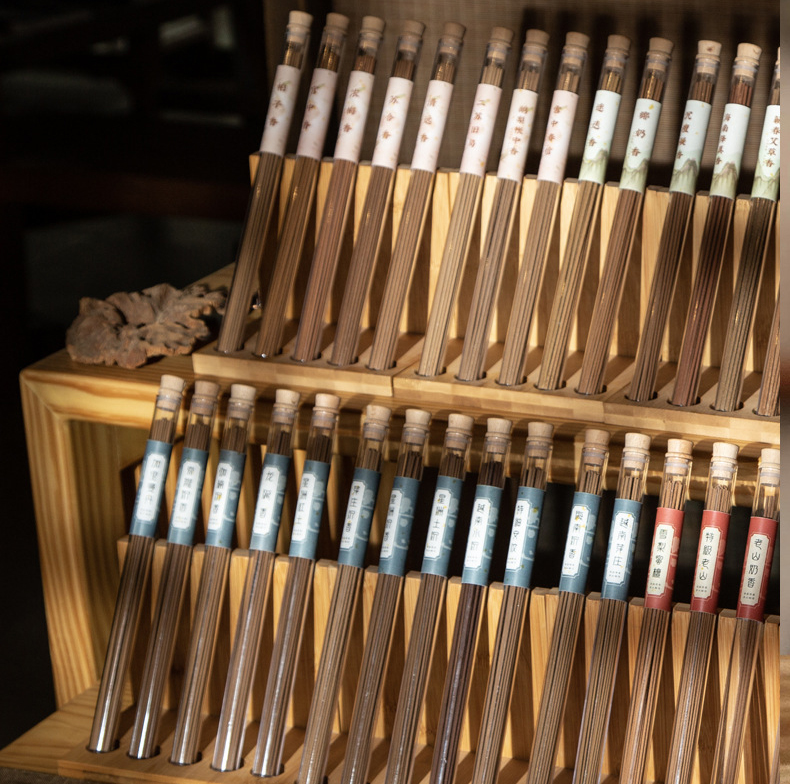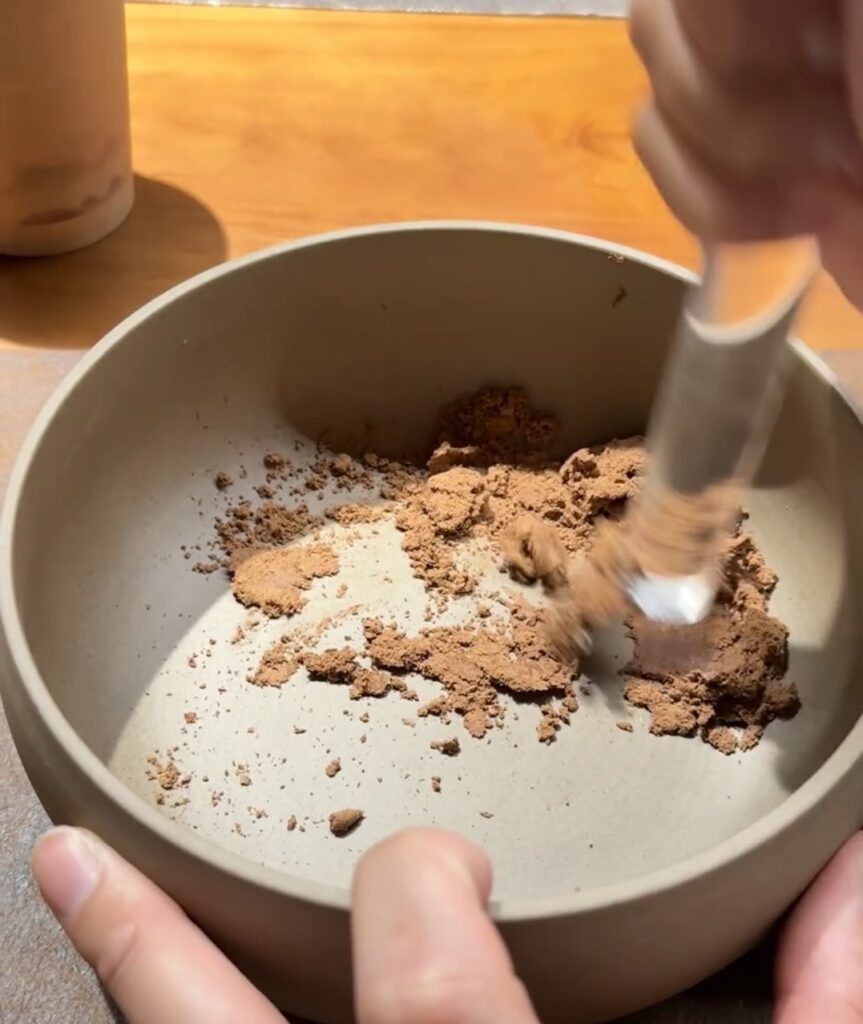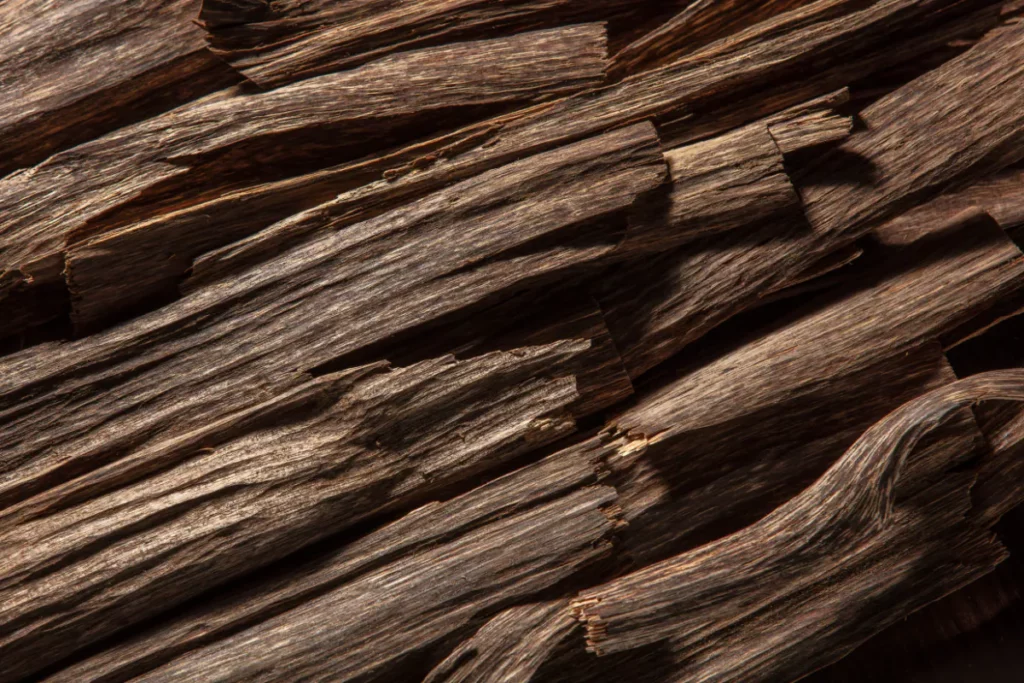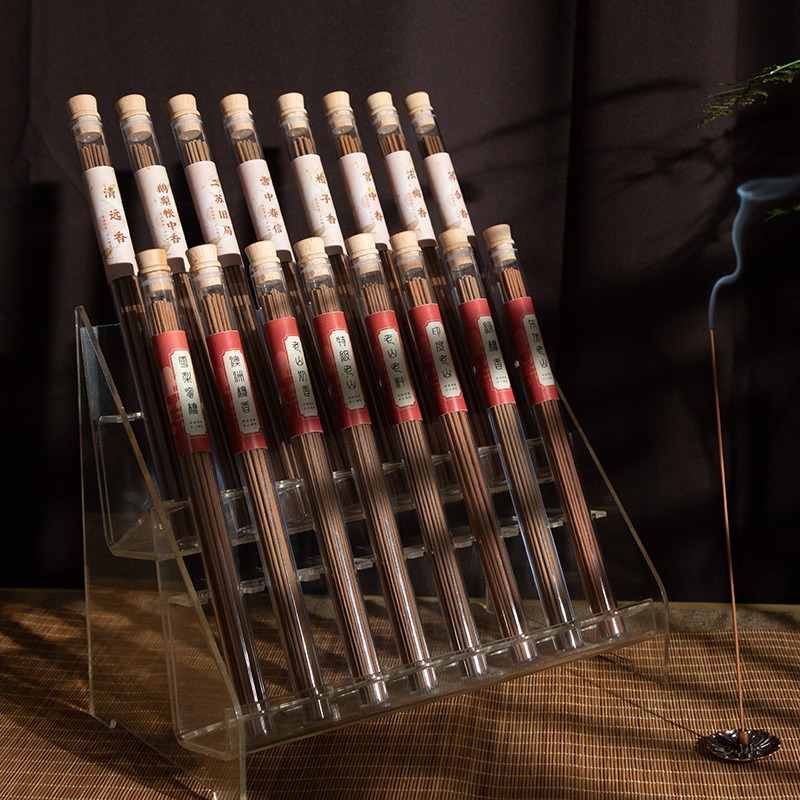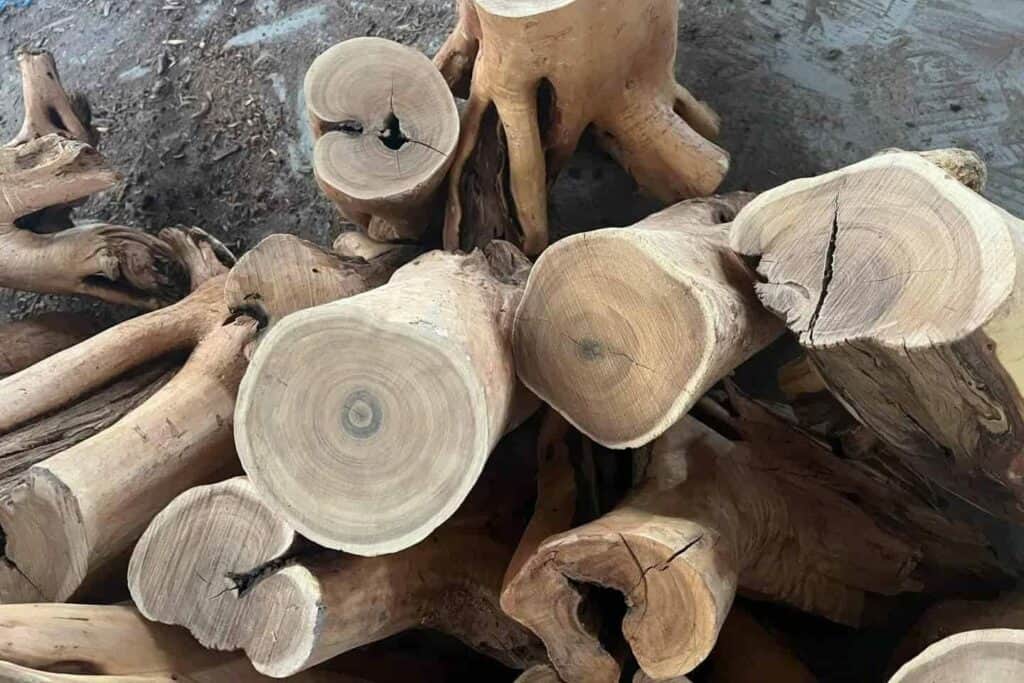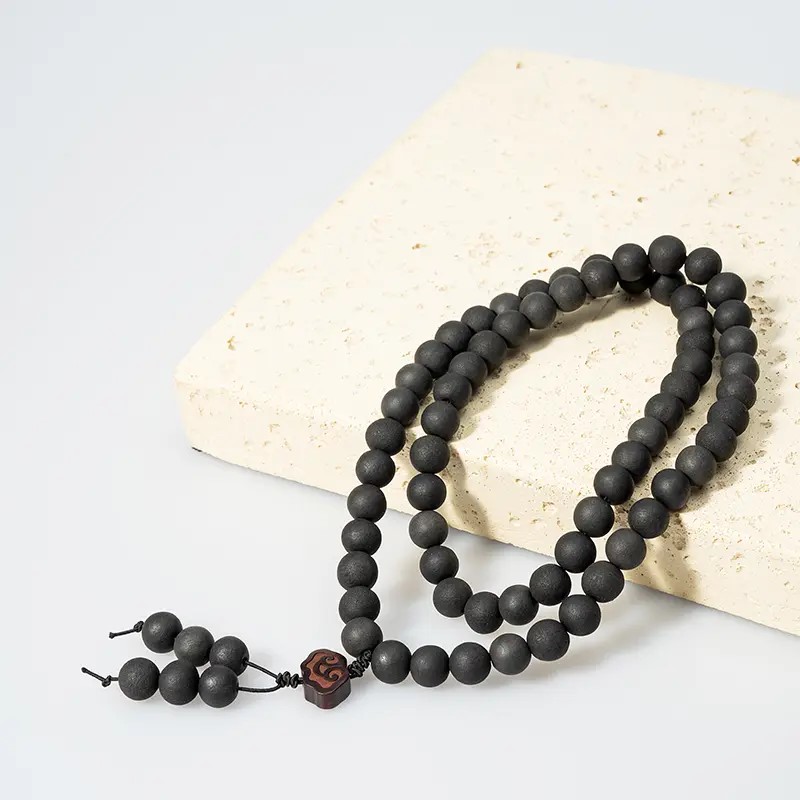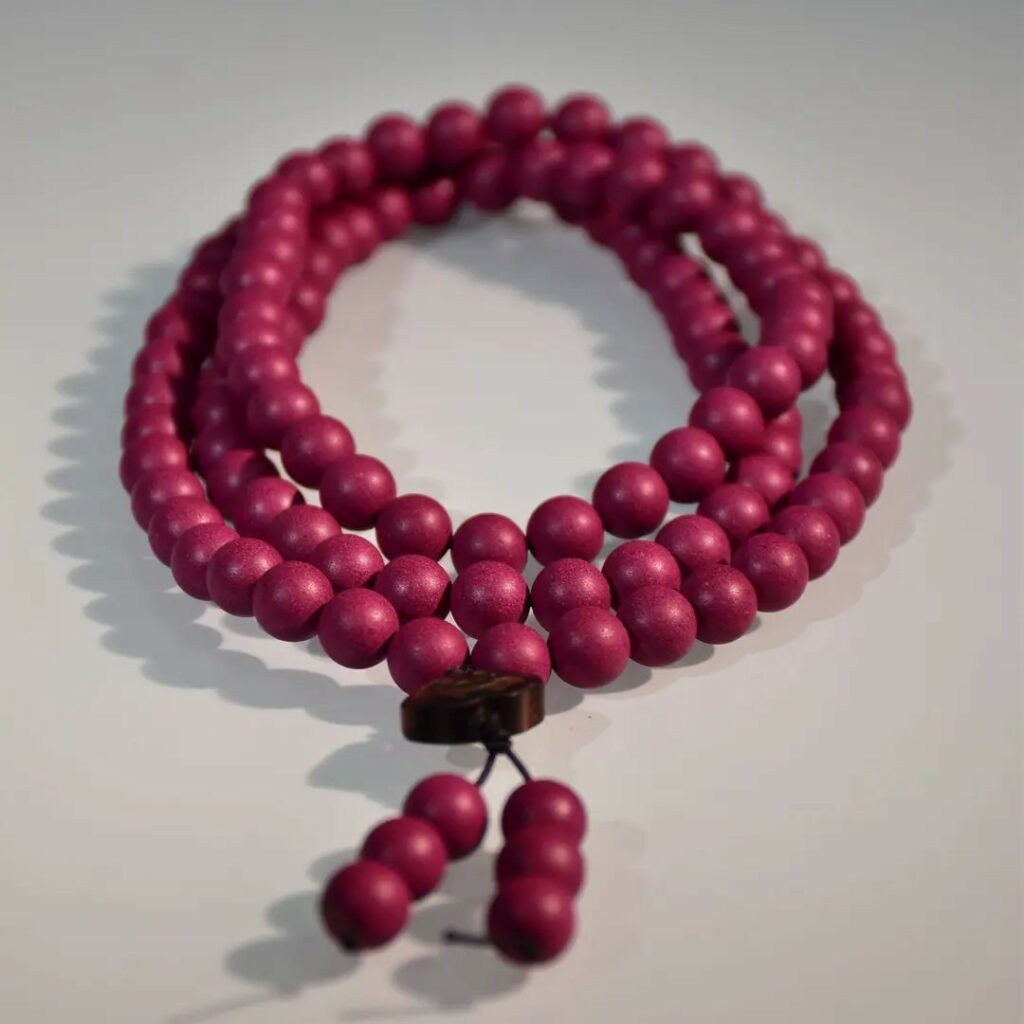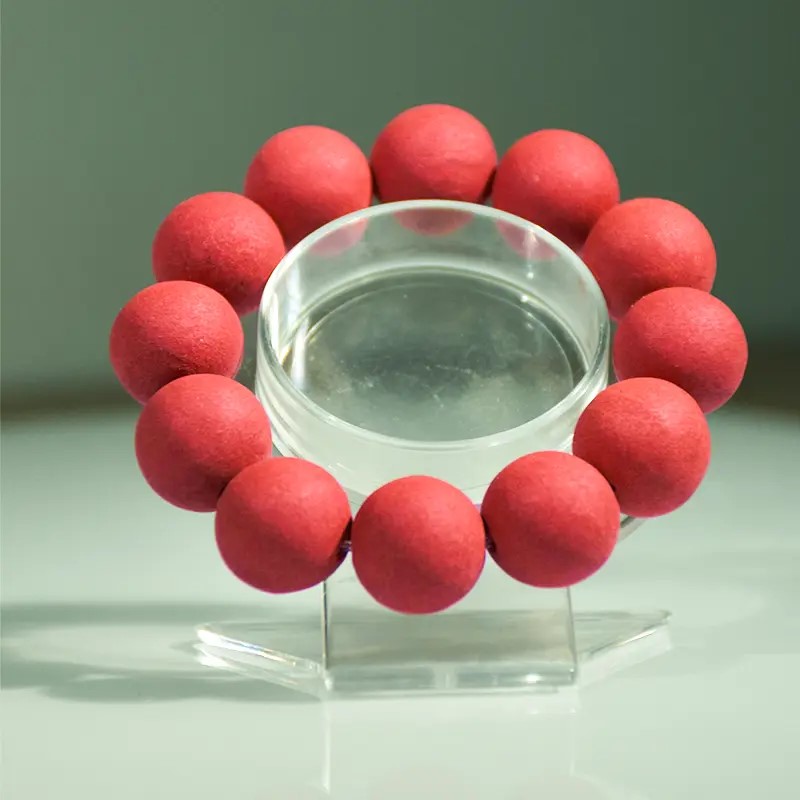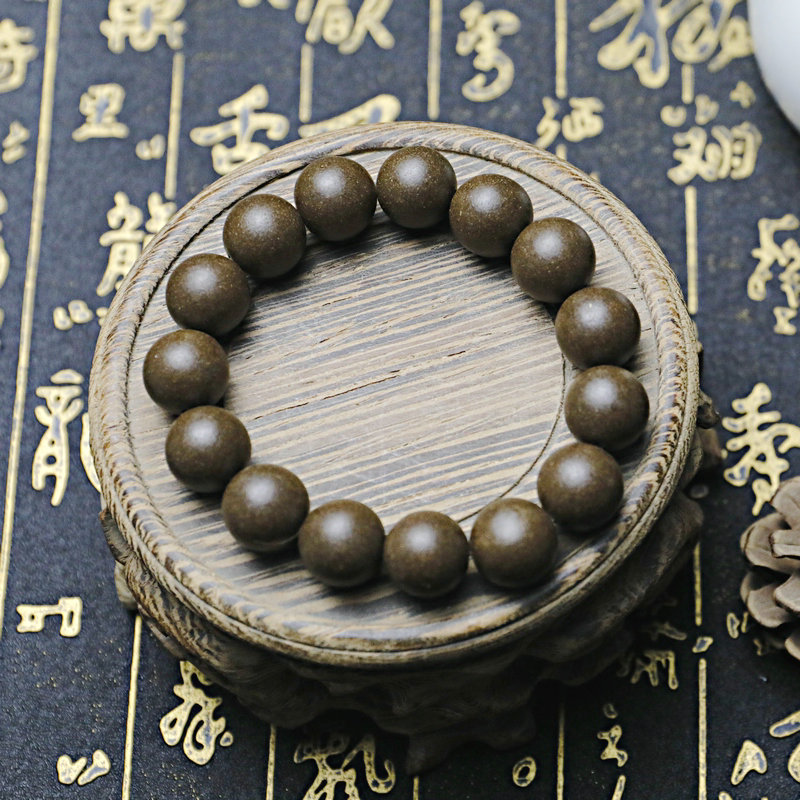I light a slender stick and the first breath surprises me. Bright, then soft. Bitter at the edges, then honey-warm. My shoulders drop. The room hushes. This is why we come back to incense: not out of nostalgia, but because a living breath of scent can tilt a day, or even a life, a few radiant degrees toward steadiness. As a long-time hexiang enthusiast—someone who blends on the kitchen table and scribbles formulas in the margins of cookbooks—I’ve felt how a wisp of smoke can be both an anchor and a compass.
This essay looks at two great rivers of the incense arts: Chinese Hexiang (the classical craft of blending aromatics for harmony, cultivation, and health) and Japanese Wako (the way of fragrance, often crystallized in the ceremonial art known as Kodo). They share ancestor currents and trade winds, yet they swirl differently. One bends toward pharmacology and moral cultivation. The other refines attention through aesthetic play and disciplined listening. And both—when approached with care—supercharge Mindfulness. Done right, Scented Incense does not just perfume a room; it trains perception, regulates breath, and softens the nervous system so Mindfulness can go from theory to bone-deep habit.
Inheritance: overlapping roots, distinct trunks
China’s Hexiang matured as a blended art. From the courtly and monastic uses of the Han through Song literati circles, aromatic recipes took shape with a scholar-physician’s logic: warming and cooling qualities, acrid and sweet flavors, resins for grounding, woods for spirit, herbs for the season. Incense pills and pastilles were kneaded, cured, sometimes aged—compositions, not soloists.
Japan’s Wako absorbed materials, ideas, and many woods through maritime routes, then reimagined them in its own idiom. By the Heian period, aristocrats were scenting sleeves and stories; by the Muromachi and Edo periods, Kodo formalized listening to fragrance as an art, a game, and a discipline. Rather than complex blending, the emphasis often rested on the character of a single wood—aloeswood above all—classified with poetic acuity and trained attention.
So yes, they inherit from a shared Eurasian aromatic vocabulary: aloeswood (agarwood), sandalwood, clove, cinnamon, frankincense, benzoin, borneol, and more. But the trunk splits.
Traditional Chinese Compound Incense
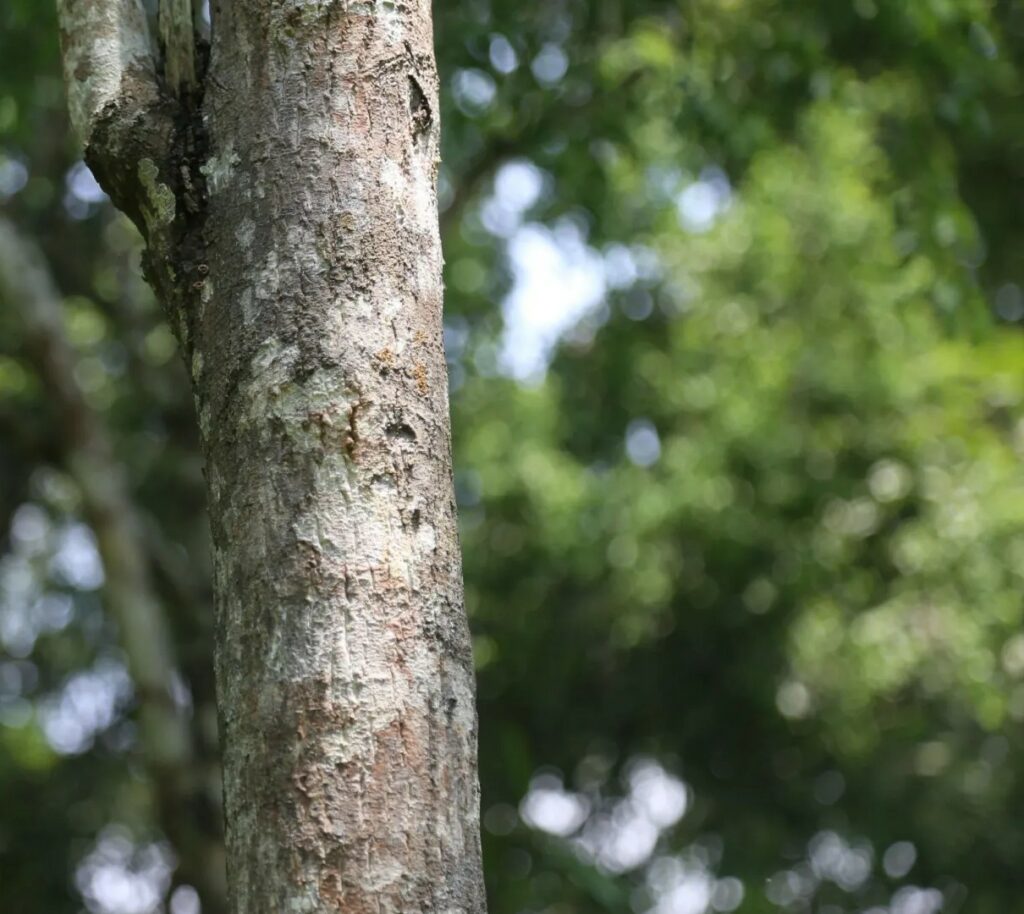
Traditional Chinese Compound Incense
The Delicate Art of Chinese aroma incense
Incense beads, or Chinese aroma incense beads , are far more than simple ornaments. These meticulously crafted spheres, born from the fusion of powdered precious woods, resins, herbs, and binding agents, represent a unique intersection of ancient Chinese fragrance culture, artistry, and contemplative practice. beads
Where they converge: attention as a virtue
Both traditions treat incense as a teacher. If you listen, it will teach you how to breathe. It will teach you how to notice. It will teach you how to return. That is Mindfulness by another name.
Where they diverge: what the practice is for
Hexiang tends to frame incense as cultivation—ethical, medical, seasonal. The emphasis: harmony of body and mind, alignment with the time of day, the weather, the age and temperament of the practitioner. A formula can be “balanced” like a recipe for robust health, with specific ingredients targeting restlessness, chill, dampness, or fatigue. Outcome-driven, but never mechanical.
Wako highlights the aesthetic and the ephemeral. You don’t control the scent; you meet it. You don’t mask; you reveal. The virtues here are clarity, restraint, and patience. Kodo’s playful precision—guessing games, classifications, poetic naming—reinforces attention, memory, and lightness. Mindfulness as elegance.
Two methods, one breath. And in the meeting place between them—careful blending and careful listening—we get a modern practice that feels both earthy and exalted. It can change the way you meditate, for real.
The science under the smoke
Incense works not by mysticism alone, but through anatomy: the olfactory bulb sits steps away from limbic and autonomic centers that shape emotion, attention, and breath. When a composition is well made (clean materials, properly cured, burned at the right temperature), it can gently tune the nervous system—neither blasting nor dulling it.
Agarwood (aloeswood): Traditional texts describe it as settling and descending, and modern findings echo that: extracts modulate GABAergic pathways and may reduce anxious arousal, with hints of deep-sleep support. In practice, high-grade agarwood feels like warm gravity. The spine lets go; the mind stops gripping.
Sandalwood: Rich in alpha-santalol, it tends to increase relaxed alertness. Many meditators report more alpha-theta “float,” less forehead tension, and an easier time staying with the breath without drifting.
Frankincense: Compounds such as incensole acetate have been studied for anxiolytic effects and subtle mood elevation. Frankincense feels like a chapel window: luminous, steadying, gently uplifting when the day is gray.
Benzoin: Creamy-sweet and resinous, it smooths rough emotional edges. It can make longer sits feel more humane, less punitive.
Clove and cinnamon: Warming, mildly stimulating. Excellent for dawn practice or when attention flags, but use sparingly to avoid jitter.
Borneol and camphor: Cooling, clarifying, excellent in micro-doses for foggy afternoons. Keep the dose small; too much and you’ll feel brittle instead of clear.
Cypress, hinoki, and other conifers: Forest-cool, quietly expansive. They invite the chest to widen and the breath to deepen.
These materials are not get-calm-quick gadgets. They’re more like tempo markings for the mind: andante, adagio, allegro. They help you choose the right pace for today’s practice, then keep time while you do the work.
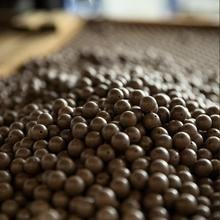
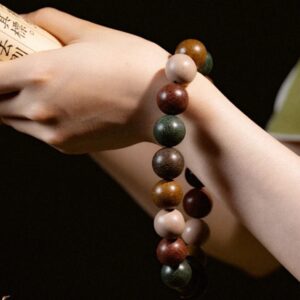

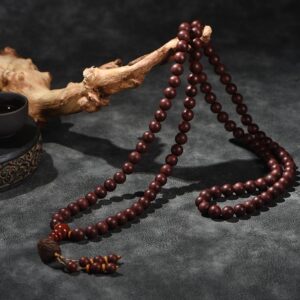
Hexiang craft vs. Wako craft: a practical, felt contrast
The Hexiang way treats Scented Incense as orchestration. You design for effect. You balance warming with cooling, resin heft with floral lift, medicine with charm. You consider season, constitution, intention. You may bind powders with honey or natural plant binder, rest the dough, roll into threads or coins, and age them. The reward? Repeatable effects for a given meditator on a given morning. It feels caring, almost clinical, in the best way.
The Wako way invites you to listen to a soloist. A single chip of aloeswood on a mica plate speaks with exact character—dry, sweet, salty, sour, bitter in subtle gradients; you catch a cedar sigh, then a plum-wine hint, then it vanishes. This teaches humility: scent is a weather system, not a machine. It trains the Mindfulness muscle that notices each arising note without grasping the next.
Different emphases, both invaluable for modern practice. Consider combining them: blend like Hexiang, listen like Wako.
Mindfulness, but embodied
If your Mindfulness meditation has felt abstract, incense can give it flesh. Here is a simple, repeatable ritual that layers the two traditions into one practice:
Before lighting: Set a precise intention. Not “be better,” but “rest my forehead” or “hold steady through the afternoon’s hard meeting.”
Choose your composition:
For calming and depth: agarwood + sandalwood + benzoin (70/20/10 by aroma strength, not weight).
For bright focus: sandalwood + hinoki + a whisper of clove (60/35/5).
For compassion practice: sandalwood + rose absolute on a separate warmer (the floral note lifted, never burned), with a trace of vanilla bean. Gentle, heart-forward.
For dawn discipline: cinnamon leaf + frankincense + cypress (25/50/25).
Light with patience. Let the coal or the stick stabilize before you begin. Ragged combustion equals ragged attention.
Sit. Put the breath where the fragrance is. If the mind sprints, meet it with this cue: “Return to the aromatic.” A five-word rescue rope.
Two minutes in, something shifts. The sound of your own breath becomes vivid, less labored. You catch yourself leaning into the next inhale the way you’d lean into a friend’s story. That leaning is the body saying yes. Let it.
Why Scented Incense boosts Mindfulness quality
It anchors attention: Olfaction is immediate and sticky; the mind re-finds a scent faster than a mantra. This makes it a stealth ally when focus lapses.
It entrains breath: Gentle smoke plumes rise and curl at a tempo visible to the eye. Watching one spiral can slow a panicked exhale into coherence.
It encodes memory: The hippocampus loves aroma. Keep a consistent blend for “deep work” practice and, over time, a single whiff will nudge you into that state faster—Pavlov, but kind.
It shapes mood without overpowering agency: Good incense nudges; it doesn’t drag. You still choose to sit, to notice, to release. That choice builds grit.
Motivation for the hard days
Sometimes you don’t want to sit. The mind is loud, the heart is sore, the inbox is unkind. Light anyway. Let the match flare and hear that tiny thunder. Let the first bitter edge of agarwood remind you: discomfort is not failure, it is the threshold. Stay. Breathe again. You are allowed to begin again, and again, and again. Beginning again is not a setback. It is the practice.
Compositions for real human mornings and evenings
For the anxious morning: 60% sandalwood, 25% agarwood, 10% benzoin, 5% sweet orange peel powder. Warmth, gravity, a bright window.
For the foggy afternoon: 50% frankincense, 30% hinoki, 15% sandalwood, 5% borneol. Clear, pine-fresh, precise; keep the borneol minimal.
For grief work: 45% sandalwood, 25% benzoin, 15% labdanum, 15% rose on a separate aroma stone. Heavy enough to hold you, gentle enough to let you breathe.
For creative ignition: 40% frankincense, 30% cypress, 15% cinnamon leaf, 15% violet leaf absolute on a separate warmer. Spark, but with shade.
In all cases, adjust ratios by nose, not dogma. Your nervous system is the lab.
Rituals that actually fit a modern life
The ten-breath reset: Light a sliver of incense. Sit for exactly ten intentional breaths. That is all. Do it three times a day. Micro-practice beats heroic avoidance.
The intention slip: Write a single-line intention and place it under the incense stand. After the sit, read it aloud once. The mind loves closure.
The weekly blend date: Sunday evenings, blend a small batch for the week ahead based on the calendar. Big negotiations? Choose clarity and calm. Creative sprint? Choose uplift with a spine. Planning this way is an act of self-respect.
The scent-fast: One day a week, no incense. Let your receptors rest. You’ll return with sharper ears for scent and, paradoxically, more discipline.
Health, safety, and quality (because your lungs matter)
Burn clean. Seek additive-free, dye-free, low-smoke incense. For blends, use high-grade woods and resins; avoid cheap perfuming oils on charcoal.
Control temperature. Resins shine at lower heat; a mica plate or an electric heater lets you avoid scorching, which creates harsh smoke and muddled effects.
Ventilate like a person who likes their future. A cracked window is not unspiritual.
Dose matters. The right amount is when you can track the fragrance without squinting. If the room feels foggy, your prefrontal cortex will bail.
Special populations: If you’re pregnant, asthmatic, or sensitive, use indirect heating or aroma stones, and start with milder woods like sandalwood. Always listen to your body first.
Cultural emphases under the microscope
Hexiang’s center of gravity: ethical cultivation and embodied wellness. Texts and practice point to aligning one’s inner weather with outer seasons, using incense as a daily companion to study, calligraphy, tea, and quietude. The blend is a mirror: if you mix in agitation, the stick will hiss; if you mix in respect, it will sing. It’s less about performance, more about living well.
Wako’s center of gravity: aesthetic precision and transient beauty. The fragrance is not a tool—it is an interlocutor. The practitioner learns narratives of woods and seasons, the subtle sadness of passing things, and the joy of exact noticing. Even playful guessing games in Kodo are not trivial; they sharpen memory and non-reactivity.
What can modern practitioners borrow?
From Hexiang, borrow the courage to design for outcome: calmer evenings, braver mornings, deeper Mindfulness sits. Blend thoughtfully, test, keep a journal, iterate.
From Wako, borrow the reverence and the restraint: let one material speak; do not drown it with a chorus. Listen for what is actually present instead of chasing what you hope to smell. This is Mindfulness at its finest.
A 30-day Mindfulness + Incense protocol
Days 1–7: Stability. Use a simple sandalwood-forward stick or blend. Ten minutes a day, same chair, same time. Track mood and focus before and after in one sentence. Your task is to build trust with the ritual.
Days 8–14: Depth. Introduce agarwood in a small dose or a single chip on a heater. Extend sits to 15 minutes, adding a body scan. Watch how the mind leans into the deeper base note; notice if the breath lengthens. Write down one surprising sensation each day.
Days 15–21: Clarity. Swap in frankincense and a conifer. Practice open monitoring—widen your attention to sounds and sensations beyond the breath. You will feel both crisp and tender. Let that paradox stand.
Days 22–30: Intention. Choose blends daily based on intention: courage, compassion, play, rest. This week proves that Scented Incense can be a vocabulary, not a monologue. On day 30, sit without incense and observe how the body remembers anyway. That memory is your medal.
Common pitfalls (and how to avoid them)
Over-scenting the room: If you can’t hear your thoughts, you can’t hear your thoughts. Use less.
Chasing effects: If yesterday’s blend “worked,” the mind will clutch. Release outcomes. Show up. Let the practice be new every time.
Treating incense as mere decor: Mindfulness insists on purpose. Begin with a why, even a small one. That transforms smoke into practice.
Buying by hype: A rare name or region doesn’t guarantee resonance. Sample widely. Let your nervous system decide.
The emotional truth
Some days the incense smells like hope. Some days it smells like work. Both are good days. The sticks I’ve rolled on tired evenings, with resin dust settled into the creases of my hands, have held me through long winter mornings when sitting felt impossible. I’ve cried into sandalwood. I’ve laughed into hinoki. I’ve felt the stern mercy of agarwood telling me to put down my phone and pick up my breath. Yes, it is just scent and smoke. And yes, it is also a small, faithful wind moving a stubborn ship toward shore.
Because you do not need to be perfect to sit well. You need only to begin. Light the match. Let the tiny flame frighten your doubt for a heartbeat and then go out. Watch that thin thread rise and curl. Bring your mind to it. Bring your breath to it. Stay. When you drift, return. When you ache, soften. When you want to quit, make the next inhale a little longer. You are not behind. You are here.
A final word on lineage, divergence, and your next breath
Hexiang and Wako are not competitors; they are complementary mentors. One will teach you how to blend a life that is nourishing. The other will teach you how to listen so finely that a single breath becomes a world. Together, they remind us that Scented Incense is not a luxury; it is a practice artifact, a bridge between intention and embodiment. And Mindfulness is not an app; it is the radical act of paying attention to what you are actually living, with tenderness and courage.
Choose a wood. Choose a blend. Choose a time. Then choose yourself, again and again. The next breath is waiting. And it smells like possibility.
Why Did Ancient Chinese Imperial Courts Favor Scented Incense, While Commoners Preferred Single-Ingredient Incense?
Where Does the True Value of Chinese Scented Incense Lie: Ingredients, Craftsmanship, Historical Legacy, or Cultural Significance?
Why Scented Incense Made with Kyara and Premium Agarwood Is Regarded as a “Treasured Artifact” in Traditional Chinese Literary Gatherings
The Role of Scented Incense in Traditional Chinese Rituals, Zen Meditation, and Literati Gatherings
Regulating Emotion and Enhancing Cognitive Focus in Modern Fast-Paced Life Through Traditional Chinese Compound Incense
Resonance of Hexiang, Chado, and Kado: The Triple Realm of Eastern Aesthetics
#aroma beads #scented incense #incense beads #scented beads #aroma scents #wearable artwork #aromatherapy products #aromatherapy scents #peaceful mind #mindfulness meditation #mindfulness exercises #mindfulness #cured aroma beads #chinese beads #chinese prayer beads #Aromatherapy

